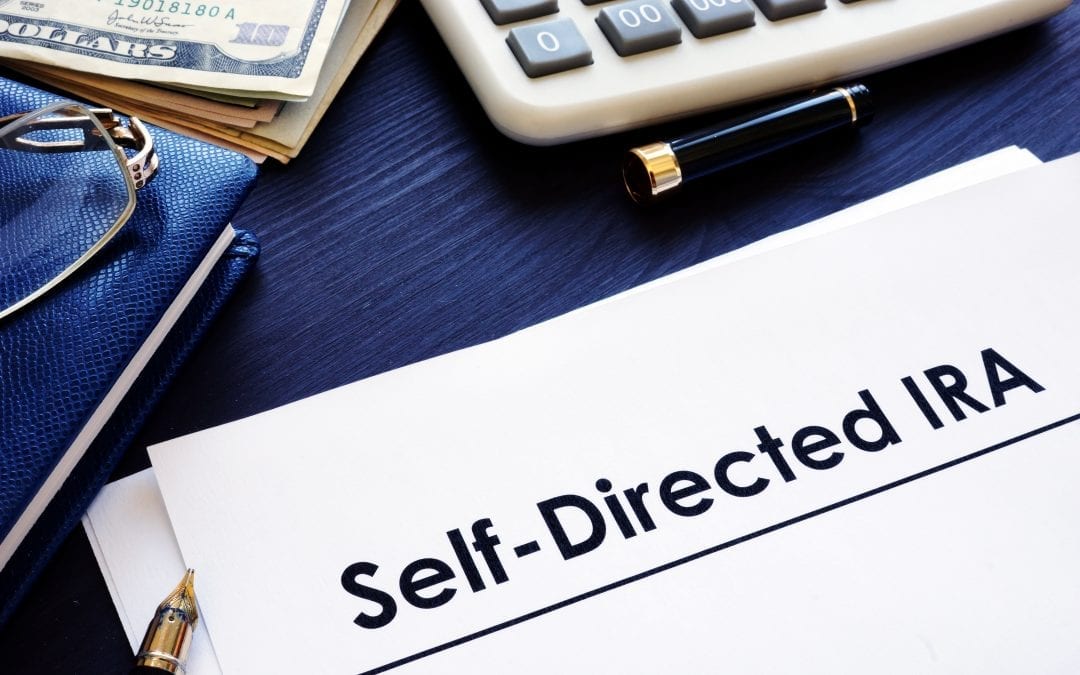One of the best ways to help minimize risk and bring some much-needed diversity to your retirement investment portfolio is through a self-directed Individual Retirement Account (IRA). Similar to other IRAs, self-directed IRAs unlock access to a unique blend of alternative investment options. Below, we’ll take a look at some of the investment opportunities offered through a self-directed IRA, discuss the benefits they deliver and examine how you can incorporate one into your portfolio.
Eligible Self-Directed IRA Investments
Self-directed IRA investments go beyond the traditional stock, bond, CDs and mutual fund investment categories to incorporate unique avenues including, but not limited to:
- Real estate
- Private mortgages
- Real estate notes and trust deeds
- Franchises
- Limited partnerships
What Type of Investors are Best-Suited for Self-Directed IRAs?
Although nearly all IRA account holders can benefit from self-directed IRAs, they are well-suited for investors looking to build enduring wealth through asset diversity. A self-directed IRA can also serve as a reliable investment vehicle for those who wish to take advantage of lucrative growth opportunities offered in high-dollar real estate transactions but lack the funds to invest millions of dollars.
Benefits and Risks of Self-Directed IRAs
Although the advantages of self-directed IRAs attract a wide range of investors of all ages and income levels, most seek benefits including:
- Tax-advantaged investment opportunities: Self-directed IRAs deliver a wide range of unique tax benefits including tax-deferred investments, tax-exempt profits, deductions and more.
- Investment diversity: Self-directed IRAs allow investors to diversify retirement portfolios, and potentially avoid market volatility, through a blend of investments outside of money markets. By accessing opportunities with the potential to outperform stocks, bonds, CDs and mutual funds, you could see your retirement account soar in value.
- Beneficiary benefits: In many cases, funds in self-directed IRAs may be passed on to beneficiaries with minimal tax penalties.
Despite the advantages self-directed IRAs offer, it is important to note that, as with all investments, they are not without risk. Beyond risk to your principal, self-directed IRAs come attached with a myriad of unique, often confusing, tax rules. For more information, consult with a CPA to learn how to best navigate the various tax implications of self-directed IRAs.
Withdrawing Funds from a Self-Directed IRA
Most investors may begin withdrawing funds from self-directed IRAs without incurring a tax penalty after reaching the age of 59 ½. Withdrawing before age 59 ½ usually incurs a 10% early distribution penalty tax. However, there are exceptions to this rule. You may have a portion of this penalty waived if you become disabled, incur qualified higher education expenses, buy or build your first home, or experience any other qualified life event.
Start Today with a Self-Directed IRA
Based on rules established by the IRS, a designated trustee, or custodian, must manage all assets invested in an IRA portfolio on behalf of the investment owner. Many of these IRA custodians are familiar with, and allow clients to take advantage of, investment opportunities through “Alternative Investment” partnerships. Connect with your IRA custodian today to request additional information about how you can get started with investing in “Alternative Investments.”


Recent Comments